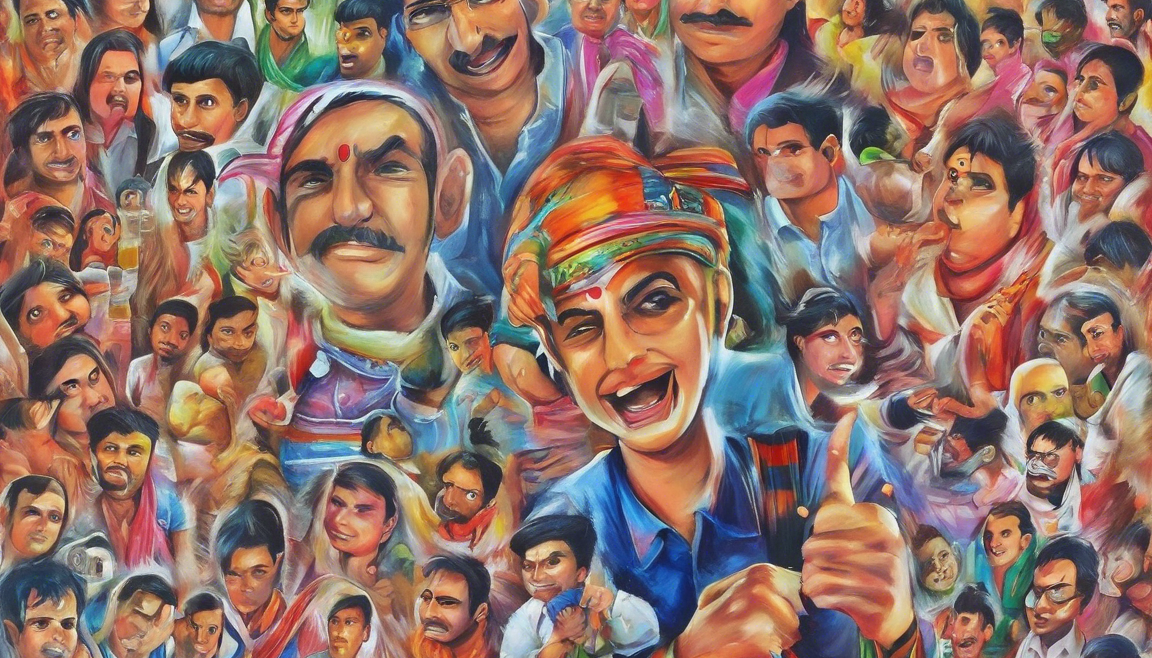Water is an essential element for our survival, and we all know the importance of staying hydrated. However, there are times when we see water droplets on the outer surface of a glass containing cold water, commonly referred to as “pani gila” in Hindi. This phenomenon might raise questions in our minds as to why it happens despite the glass being clean and dry. In this article, we will delve into the science behind why pani gila occurs and how it is related to condensation and temperature differentials.
Understanding Condensation and Temperature Differentials
Condensation is the process by which water vapor in the air transforms into liquid water when it comes into contact with a cool surface. When you pour cold water into a glass, the temperature of the water is lower than the surrounding air. As a result, the air surrounding the glass cools down, causing the water vapor in the air to lose some of its energy and convert into liquid form on the surface of the glass.
Factors Influencing Pani Gila
Several factors can influence the occurrence of pani gila on the surface of a glass. Understanding these factors can help you control and minimize its formation:
1. Temperature Differential: The greater the difference in temperature between the cold water and the surrounding air, the more pronounced the condensation will be.
2. Humidity: Higher humidity levels in the air lead to increased water vapor content, making condensation more likely to occur.
3. Surface Texture: Smoother surfaces tend to exhibit less condensation compared to rough surfaces due to differences in the ability to trap moisture.
4. Insulation: Well-insulated glasses can help reduce condensation by maintaining the temperature of the water for a longer period, minimizing the temperature differential with the air.
Preventing Pani Gila
While it may not be possible to completely eliminate pani gila, there are some strategies you can employ to reduce its occurrence:
- Use Insulated Glasses: Opt for double-walled or insulated glasses that help maintain the temperature of the liquid inside.
- Wipe the Glass: Periodically wiping the glass with a dry cloth can help remove any accumulated moisture and reduce pani gila.
- Room Temperature: Serving cold water at room temperature can help minimize the temperature differential and lessen condensation.
- Ventilation: Ensuring proper ventilation in the room can help reduce humidity levels, thereby decreasing the likelihood of pani gila.
Frequently Asked Questions (FAQs) about Pani Gila:
- Why does pani gila only occur on cold water glasses and not on hot water glasses?
-
Answer: Condensation typically occurs when there is a notable difference in temperature between the liquid inside the glass and the surrounding air. Hot water glasses are less likely to show condensation as the temperature of the water is closer to that of the room.
-
Is pani gila harmful, or is it just a visual nuisance?
-
Answer: Pani gila is not harmful; it is simply the visible result of condensation. However, it can be bothersome as it may leave water rings and make the surface slippery.
-
Can using coasters prevent pani gila on glass surfaces?
-
Answer: Coasters can provide a layer of insulation between the glass and the surface it rests on, helping to reduce condensation to some extent.
-
Do certain types of glasses or materials prevent pani gila better than others?
-
Answer: Double-walled glasses and insulated materials are more effective in reducing condensation compared to traditional glassware.
-
How does the temperature of the water affect the intensity of pani gila?
- Answer: Colder water temperatures lead to a more significant difference in temperature between the liquid and the air, resulting in more pronounced condensation.
In conclusion, pani gila is a natural occurrence resulting from the interplay of temperature differentials, humidity levels, and surface characteristics. By understanding the factors influencing condensation and employing preventive measures, you can minimize the formation of pani gila on your glassware.


